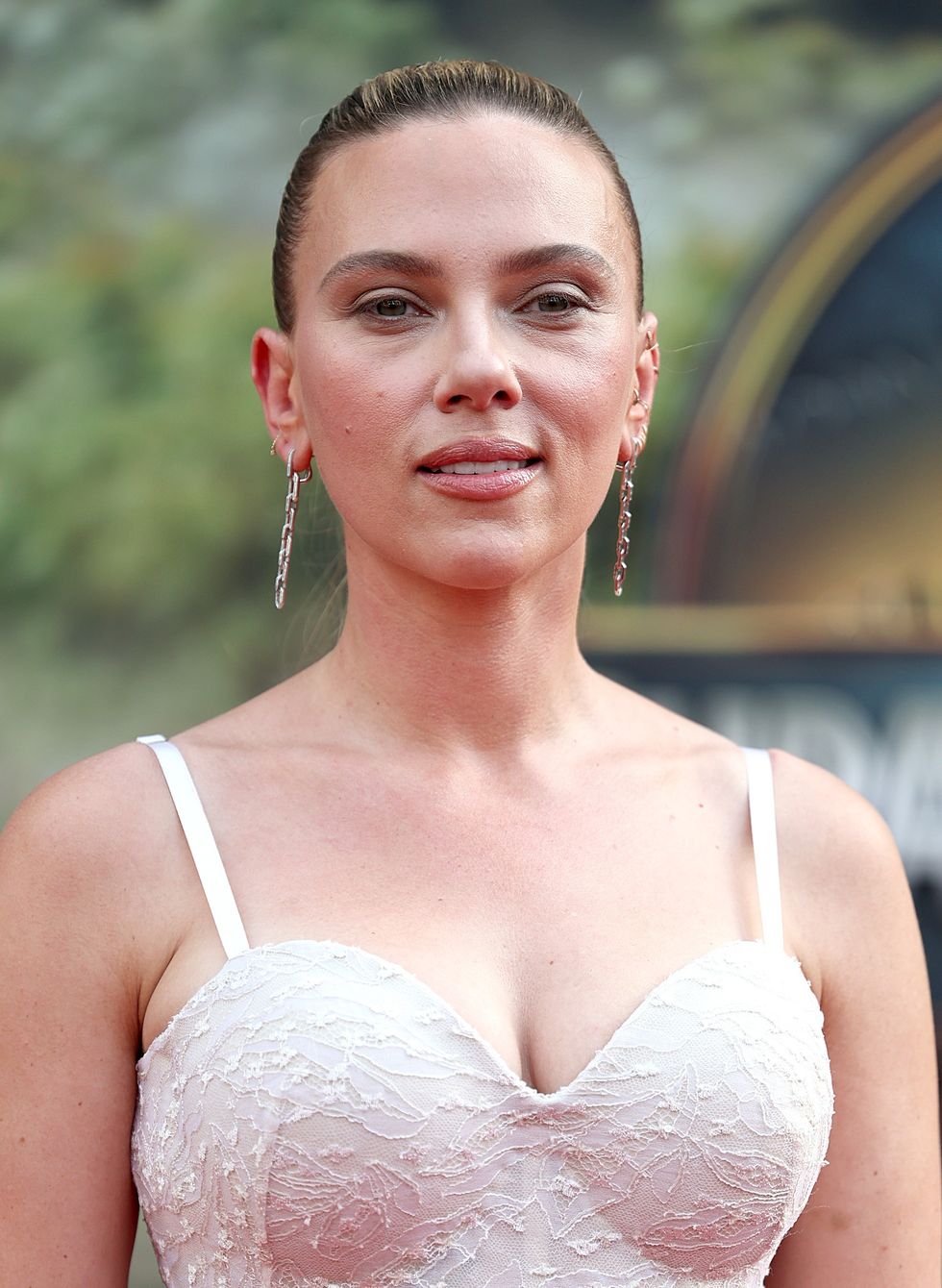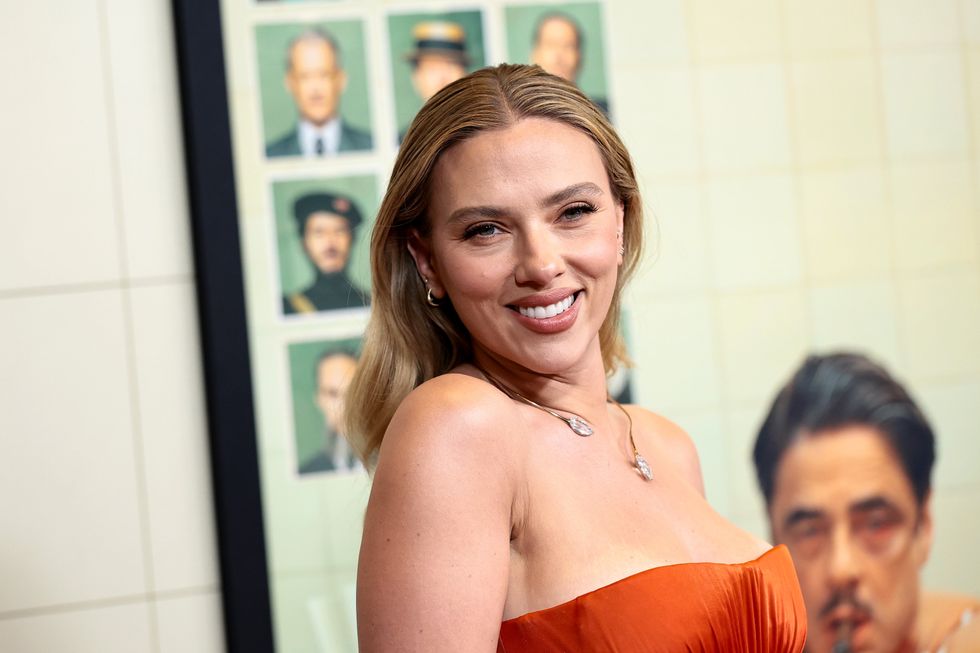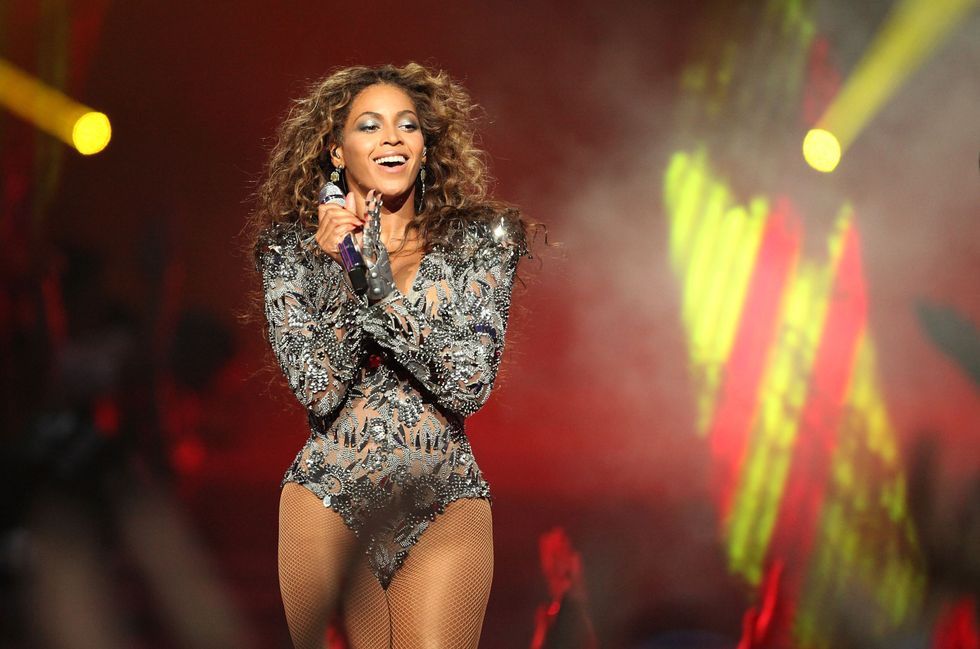by LAUREN CODLING
MORE needs to be done in order to improve diversity in the arts sector, a director at Arts Council England has said, as a new report highlighted the “slow progress” of representation of black and ethnic minorities.
The latest statistics released by Arts Council England on Tuesday (12) showed a “small increase” in BAME representation across the workforce and leadership from 10 per cent to 12 per cent.
These figures are related to the National Portfolio Organization (NPO), a group of organisations which are part of the arts and culture sector.
The report, entitled Equality, Diversity and the Creative Case, also revealed that Major Partner Museums (MPM) reported that only five per cent of staff were from an ethnic background.
Abid Hussain, the director of diversity at Arts Council England, admitted the figures are “not quite” where he’d like them to be.
“We have seen an increase in the workforce and a 20 per cent improvement over a three-year-period, but it still isn’t where I’d like to it to be,” he told Eastern Eye. “If you compare that with the 16 per cent of the working age population from a BAME background, we’ve got a bit of a way to go.”
However, Hussain said he was pleased by the change which had appeared to accelerate
in larger cities, such as London, and highlighted the recent appointments of Madani Younis and Lynette Linton as artistic directors at the Southbank Centre and Bush Theatre, respectively.
He also noted the recent appointment of Carlos Acosta as the director of Birmingham
Royal Ballet and Doreen Foster at Warwick Arts Centre.
“I genuinely feel there is a change happening and one of the catalysts has been our commitment to the creative case of diversity,” he said.
However, he stressed that the change was not just to “get an Asian actor into a lead Shakespeare role”. Asian stories need to be told on stage, Hussain said.
“As a parent, I take my daughters to the theatre and I want them to be able to see themselves reflected on stage and if they see that, they could be encouraged to work in the arts sector,” he said.
The report also notes the percentage of BAME chief executives has increased from eight per cent to nine per cent while artistic directors’ appointments have risen from 10 per cent to 12.
It is evident that hiring diverse leaders into an artistic environment can lead to more diverse programming, Hussain said, citing the latest season at the Kiln Theatre, run by artistic director Indhu Rubasingham, as an example. This can then lead to increased visibility of multicultural stories.
“The work by these organisations needs to reflect the diversity of all our communities, from the stories you present to the talent you see on stage,” he said.
As more organisations have agreed to share data from their employment records so that they are able to focus on the level of equality within the workforce, Hussain hopes more can follow suit.
Within the report, it highlighted there is still a level of unknown data which makes it difficult to give a more accurate representation of diversity within the sector.
Hussain said Arts Council England have recognised there is a higher level of unknown data, related to temporary staff compared to permanent staff.
When you hire permanent staff, it is easier to capture data because they are employed over the longer term, Hussain explained.
Hussain hopes that organisations make sure when they bring someone in, even in a temporary position, that they encourage the individual to fill in a form relating to their background.
“It is really important to us from a policy perspective and help us in terms of thinking about what we need to do differently,” he said.
On the importance of encouraging diversity within arts and culture, Hussain believes it is all about visibility.
Arts and culture are an essential part of giving society a voice, he said, and some of the most inspiring stories are about identity.
“What is really important is to communicate our stories to each other,” Hussain said. “I don’t just want plays by Asian playwrights to be seen by Asian audiences.
“It is about building community cohesion and relationships [and] a chance for people to see something they may not have experienced in their day to day lives.”





 Scarlett Johansson opens up about breaking free from early typecastingGetty Images
Scarlett Johansson opens up about breaking free from early typecastingGetty Images  Johansson reflects on her childhood stardom and evolving careerGetty Images
Johansson reflects on her childhood stardom and evolving careerGetty Images  From Avengers to auteur Scarlett Johansson embraces creative control Getty Images
From Avengers to auteur Scarlett Johansson embraces creative control Getty Images 








 Beyoncé halts Cowboy Carter show after flying car nearly tips over crowd in HoustonGetty Images
Beyoncé halts Cowboy Carter show after flying car nearly tips over crowd in HoustonGetty Images 

 Charli XCX defends her Glastonbury set, calling autotune criticism outdated and dull BBC
Charli XCX defends her Glastonbury set, calling autotune criticism outdated and dull BBC 
 Kareena Kapoor says the incident left their children Taimur and Jeh shakenGetty Images
Kareena Kapoor says the incident left their children Taimur and Jeh shakenGetty Images  Kareena and Saif are now focusing on healing as a family after the traumatic episodeGetty Images
Kareena and Saif are now focusing on healing as a family after the traumatic episodeGetty Images